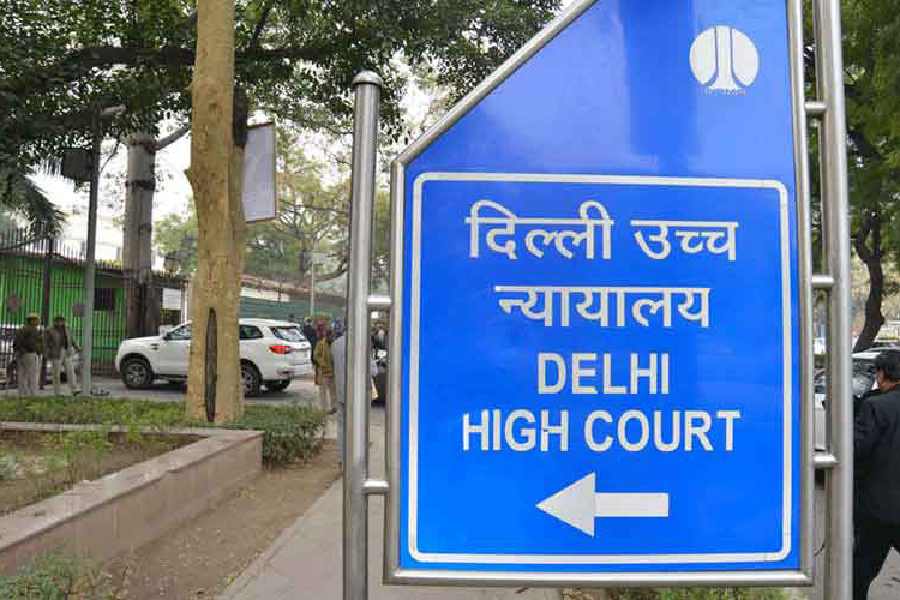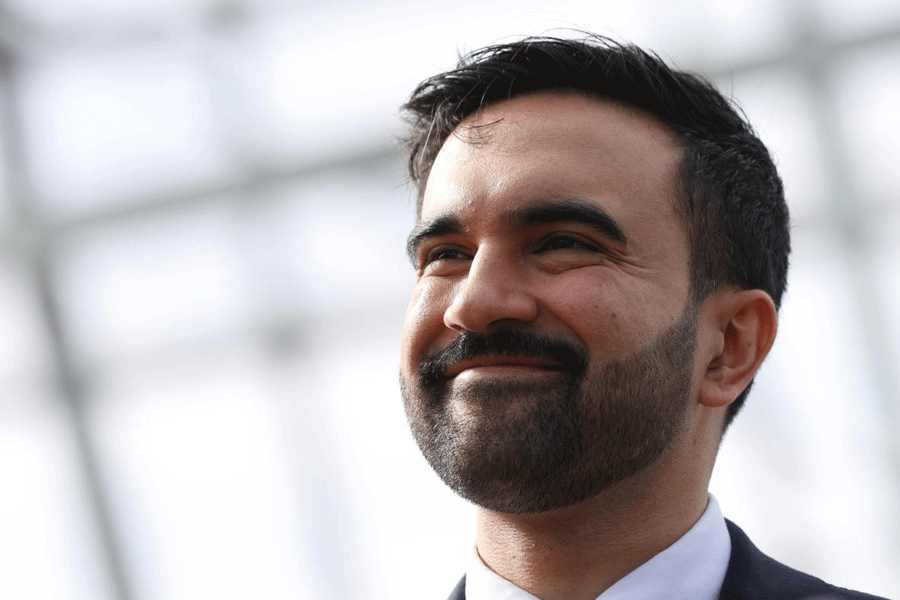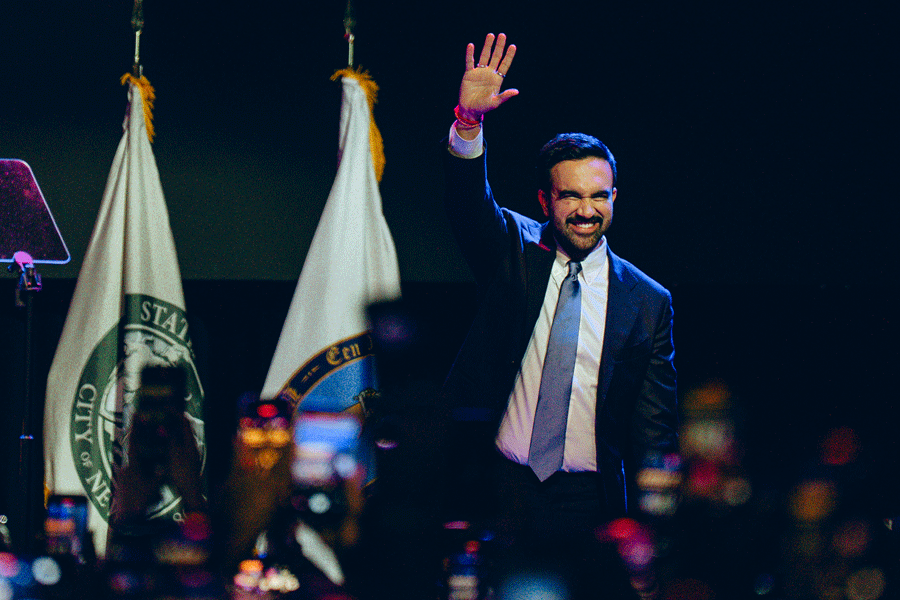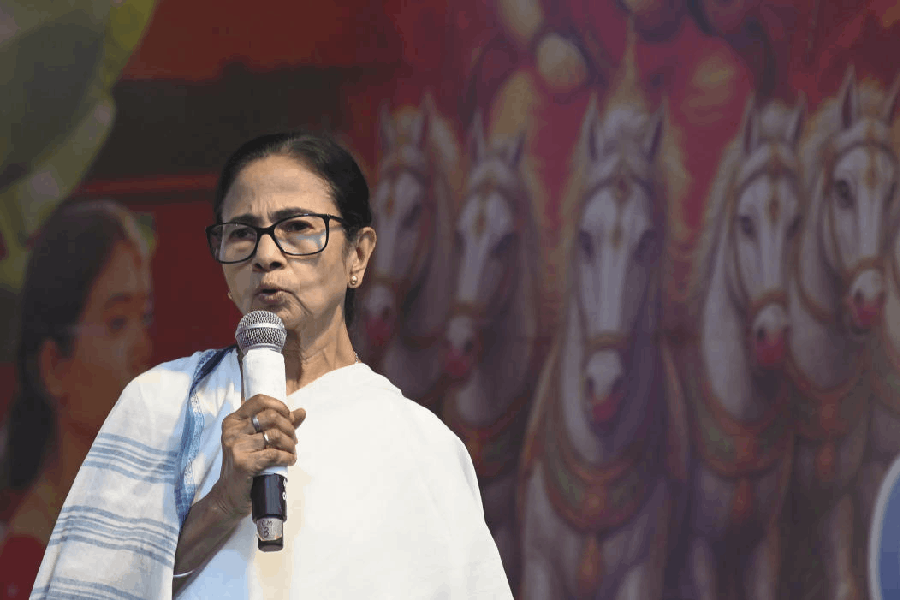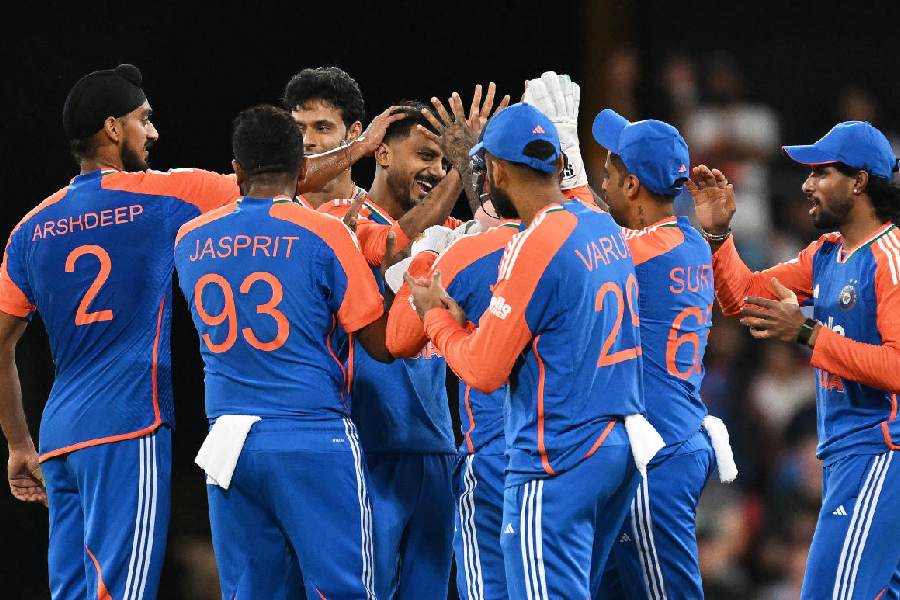|
|
Dec 12, 2040: Looking back now, the Indian media ‘scene’ between the years 1980 and 2010 seems quaintly primitive. Yet, those thirty years were critical in the formation of our Information-nutrition Chains as we now know them.
The end of Indira Gandhi’s Emergency and rule in 3/77 briefly augured a ‘new dawn’ in Indian journalism, when all the no-go areas imposed by Indira Gandhi were opened up. Suddenly all sorts of stories began appearing in print: about murders of Dalits, about corruption in high places, about the cruelty and venality of the business houses. Indira Gandhi quickly returned to power in 1980 but there was no going back to the old censorship regime. Her last term as prime minister saw the huge expansion of the television network in India. At the same time, the Indian print media — especially the English language organs — became sleeker. The new offset technologies coupled with teams of intrepid young journalists and photographers led the reader away from the fusty old, black-and-white, text-heavy broadsheets that had ruled for over a century. We may not have had an effective economy or democracy but, for a moment, it did seem as if the country had at least one crucial component of an advanced nation — a genuinely free press.
However, for anyone in the orbit of journalistic circles of those old days, the writing was already on the wall in the seedy restaurants and Press Club bars frequented by the middle ranks of the ‘Fourth Estate’. “He talks to Dhirubhai every day!” one journalist would claim of a colleague, referring to the rising ‘new money’ tycoon. “She has a direct Hotline to Dhawan!” another would whisper, speaking about an editor’s connection with Indira Gandhi’s right-hand man. “Look, he will only talk to you through his son/nephew/son-in-law!” another pressman, this time referring to any of several chief ministers and their offspring. Some of these claims were obviously nothing but alcohol-wisps of gossip but, equally, there was no doubting that several top journalists were very close to different high tiers of power and money. There was also little doubt that, in these closely-danced tangos, it was most often the politician or captain of industry who led, and journo or editor who followed, draping and drooping around the strongman’s suit, whether the ‘Senor’ wore khadi, polyester or, indeed, six yards of tussar or kanjivaram silk.
Towards the end of the 1980s, several journalists made startlingly seamless transitions from supposedly objective editorial and senior reporter positions to becoming members of different political parties, while others mutated into unofficial media mouthpieces for one political formation or another. Some of these worthies were replaced by a slightly younger generation of editors and reporters who brought a new energy and a new commitment to ‘fearless journalism’. In hindsight, if this earlier batch of senior journalists were there to cremate Indira Gandhi’s ‘licence raj’ on the pages of our newspapers and magazines, the second batch were there to play media- midwives to Rajiv’s opening up of both the Indian market and Indian TV broadcasting. The ‘second’ batch may have been fearless and idealistic to some extent but before them were the examples of their immediate seniors, people who had begun as iconoclasts but who had then been absorbed into the very power-structure they became famous for criticizing. In the 1990s and the 2000s, the technology and news delivery-systems would also change radically. But how these soldiers of journalistic truth responded to the changed scenario would be heavily coloured by what had gone before, by the battles won and lost by their predecessors.
The first challenge came when TV was de-controlled and private channels came on air to provide news and entertainment, forcing the English-language print media to compete with the fire-power of the audio-visual. The second gauntlet was laid down when markets opened to foreign companies, which meant Indian print and TV were vying for attention with older and far more sophisticated news operations such as the BBC and CNN. The larger battlefield around this was that news and factual programmes were now competing for eyeballs and advertiser-adhesion with ceaseless cricket, soap-operas, feature film broadcasts, aspirational ‘lifestyle’ programmes, talk shows and, later, the voyeur-vaudeville of Big Brother-type ‘reality’ shows. Even as this battle thickened, all paper and TV media suddenly had to contend with the new bruiser in the room — the internet. However, there was one thing the arrival of the web didn’t change: corporate money now had a much bigger, much more open role in the media. ‘Market’ and ‘branding’ became mantra-words that many, if not all, journalists were forced to internalize.
At some point around the Kargil war of 1999, Indian TV news came to a fork in the road: did they follow the quieter BBC model or the louder US model? Given the joint clamour of artillery guns and marketing consultants, the choice was obvious. Indian TV took on the brashest, cheapest Fox News template and actually enhanced it. News became loud and shrill, with people constantly shouting over each other, all vying not so much to make cogent points as to score TRPs through dumbed-down sound-bites. Buzzing parallel visuals looped endlessly and straplines and ticker tapes whipped your eyes even as you were trying to follow a face or what it was saying.
Today, when we can individually design our news-feeds, decide how much action, how many strap lines or none, the camera on just one person or many, when we can do a mix and match of diverse picture, sound and text from different providers, it’s hard to remember or imagine how stifling that old box-TV was for viewers. For youngsters today it might be equally hard to understand how an anchor or an interviewer could, in that pre-Wiki era, give themselves the delusions of rock-stars, a sense of being ‘untouchable’, of being above ordinary laws because they were among those feared early 21st-century creatures — the select ones who told you the news and how to interpret it.
Looking back, what one now remembers December 2010 for is the beginning of what came to be called the Third World War or the First World Web War. The snowballing effect of the attacks and counter-attacks between US backed cyber-vigilantes and the WikiLeaks-Anonyme Army, which rapidly became a three- cornered conflict with Chinese military hackers hitting out at the rest of the planet, exploding into the all-out the three-year-long cyber-mayhem that radically changed our world and how we view it is too familiar despite the time elapsed and does not need to be recounted here.
What is interesting to note is that at the time, Indian media was riven by a scandal initially dubbed ‘Radia-gate’. Some of the media’s rock-stars were accidentally taped by the income-tax department as they bugged the mobile phone of one Niira Radia, a PR heavy-hitter who worked for two of the biggest industrialists of the day. The phone conversations seemed to prove that there was an unseemly cosiness between Radia and Barkha Dutt, political editor and chief anchor of NDTV, and an even closer working relationship between the PR executive and Vir Sanghvi, uber-columnist and TV interviewer of the great and the mighty. As more and more tapes were released into the cyber-sphere, Dutt and Sanghvi’s roles got put into perspective — they were hardly the only ones to be chatted up and hardly the most intimate — but the damage to Dutt and Sanghvi’s reputations was permanent, as was the damage to the credibility of some sections of Indian ‘old media’. What was ironic at the time was that the inquisition panels that sat on the TV programmes, where Dutt and Sanghvi attempted to defend themselves, included many of the earlier batch of compromised editors and journalists with deep links to political parties and business houses. Clearly, jogging old memories and connections was not a forte of most sections of the Indian media, especially television. Dutt and Sanghvi and a few others were tried and condemned by the same machinery they had helped construct — the sensationalist, TRP-hungry, dumbed-down circus that had been assaulting Indian viewers for over a decade by then. Using this chronic amnesia, both Dutt and Sanghvi managed to reinvent themselves but, by then, the WikiLeaks War had forced all of Indian media to do the same.



